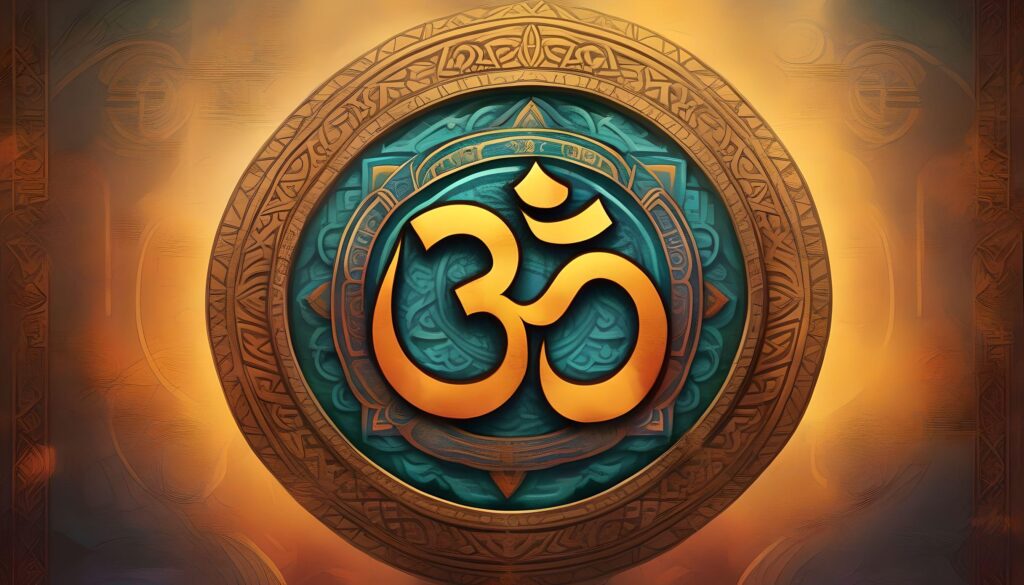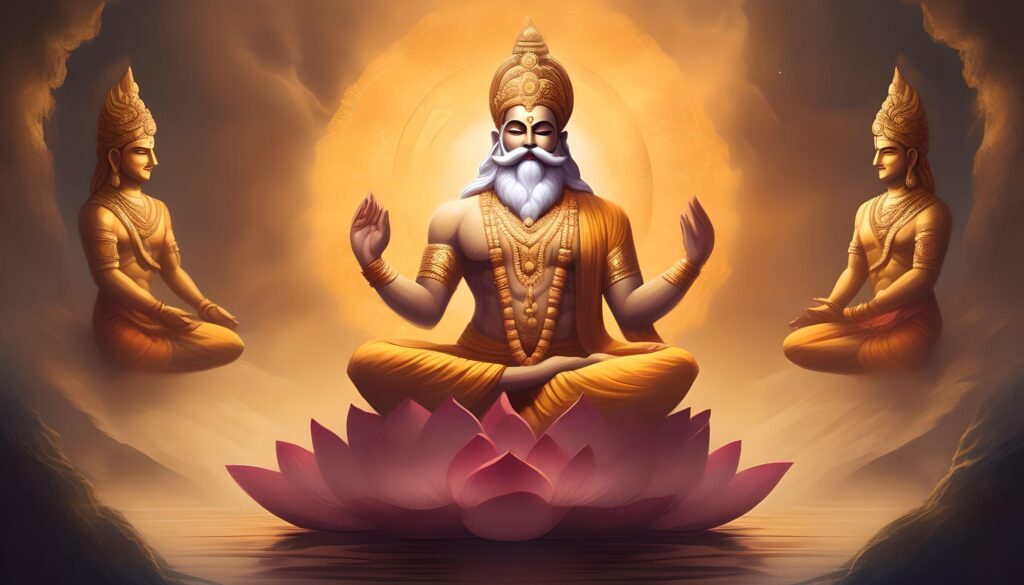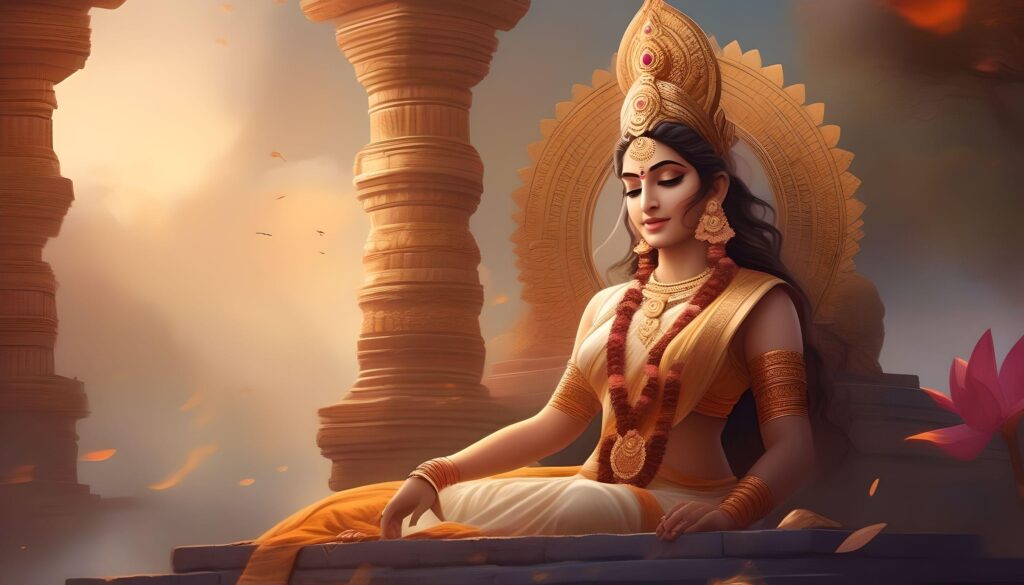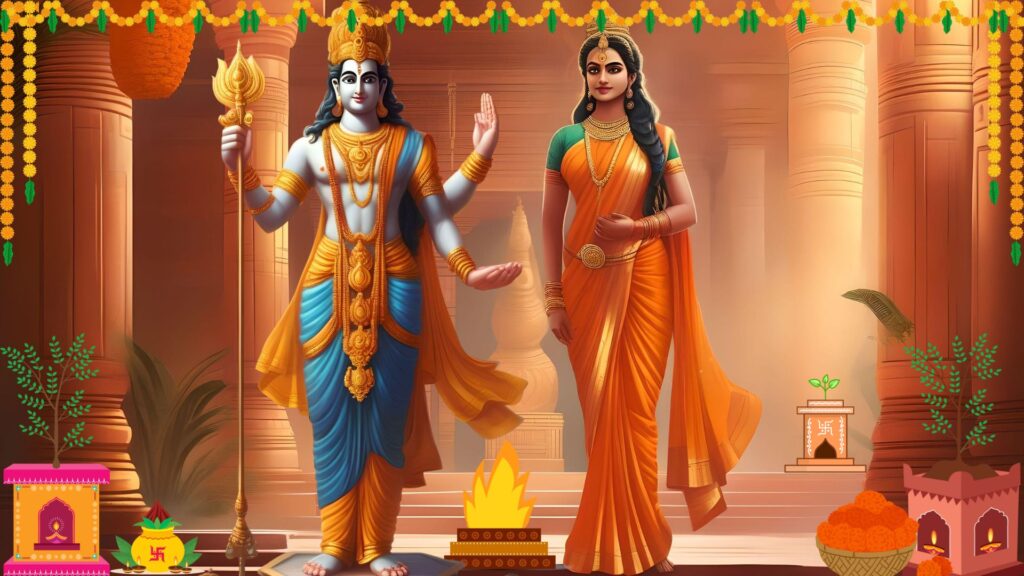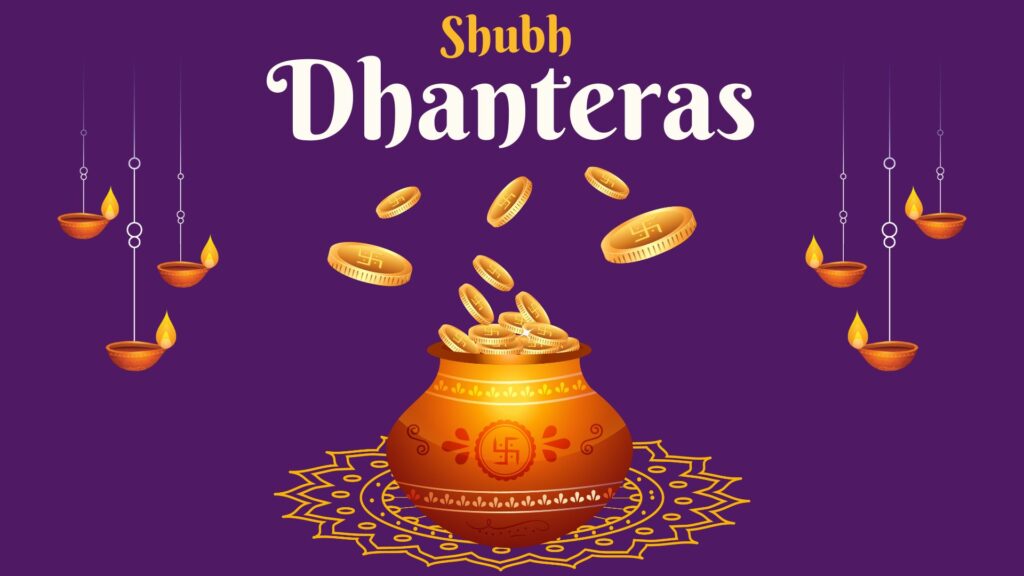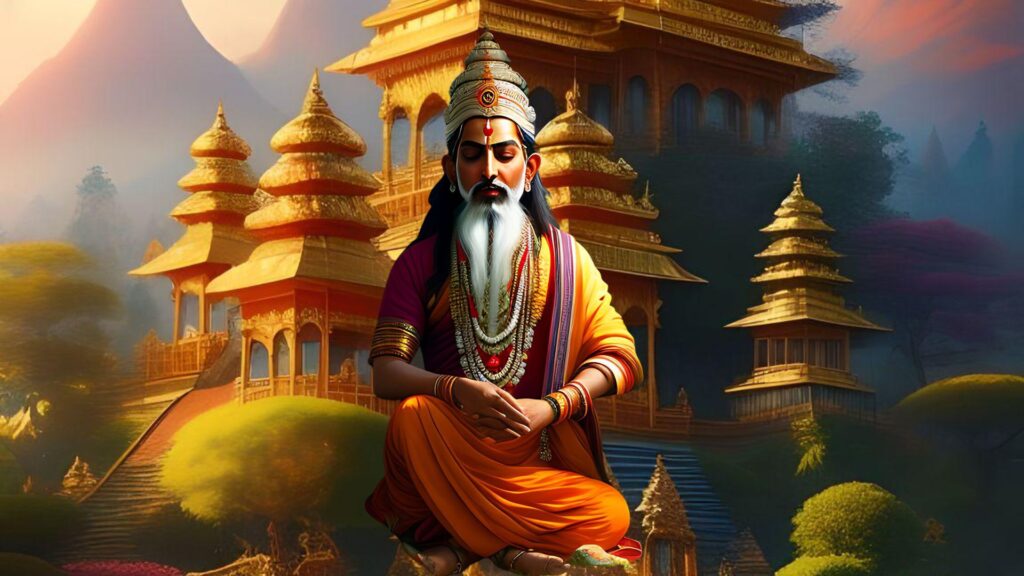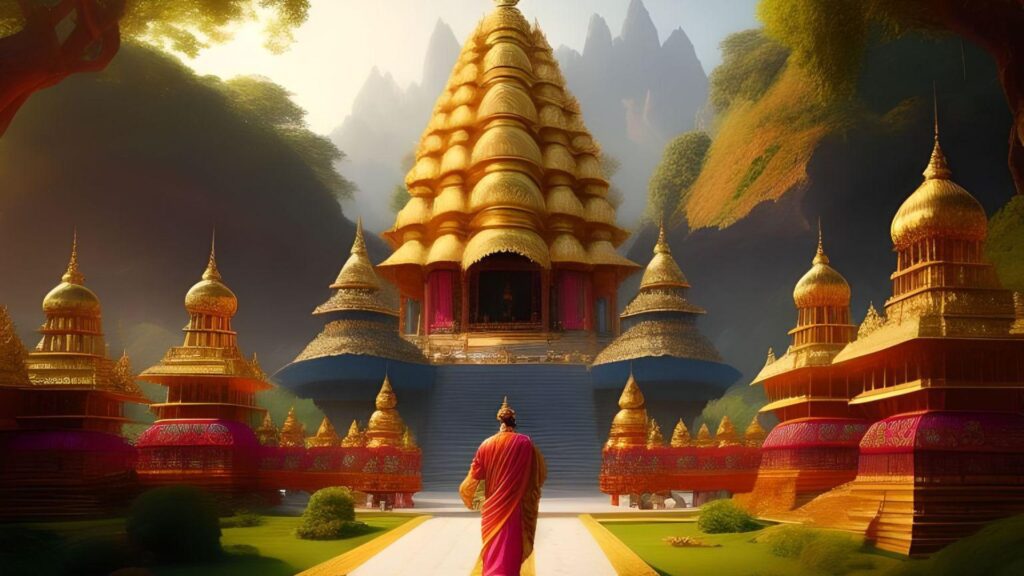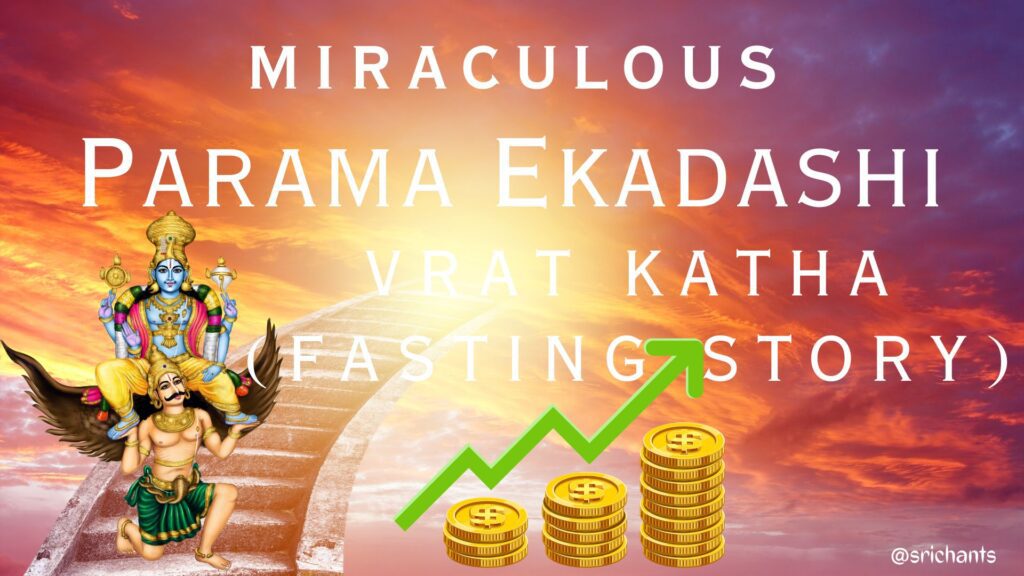Kumbha Sankranti: Embracing a path of Righteousness and Purity
An important occurrence in Hindu culture, Kumbha Sankranti signifies the Sun’s transit from Makar Rashi to Kumbha Rashi. This momentous occasion, which transpires on an annual basis on a different date, is of immense significance to communities spanning Eastern India. The renowned Kumbh Mela, which attracts millions of devotees from around the globe, occurs during this time. This exhaustive guide aims to delve into the myths, rituals, and significance attributed to Kumbha Sankranti. Consequently, we shall commence this celestial voyage.
The Significance of Kumbha Sankranti
Kumbha Sankranti is a day of great importance to devotees as it provides them with the chance to pray for good fortune and blessings. A dip in the sacred Ganges River during this time is said to purify the psyche, alleviate ailments, and facilitate the acquisition of divine blessings. A monumental religious assembly known as the Kumbh Mela is held in observance of Kumbha Sankranti. Various social classes and backgrounds of pilgrims journey to holy cities such as Allahabad, Haridwar, Ujjain, and Nasik in order to bathe in the sacred waters and recite invocations to the deities.
The Legends of Kumbha Sankranti
Kumbha Sankranti is profoundly entwined with the historical annals of Hindu mythology. An example of such a legend pertains to the Samudra Manthan, which involves the agitation of the azure ocean in order to acquire Amrit, the elixir of eternal life. Amidst this celestial spectacle, forces of darkness and light coalesced to agitate the ocean by means of the hill of Mantra serving as the churning pole and Vasuki, the serpent, acting as the rope. In his guise as a tortoise, Lord Vishnu carried the churning rod on his back. The Kumbh Mela, which is observed every twelve years, originated when droplets of the nectar descended at four holy locations—Prayag (Allahabad), Haridwar, Ujjain, and Nasik—as a consequence of this divine undertaking.
Rituals and Celebrations
During Kumbha Sankranti, profound rituals and festivities take place. Early in the morning, devotees travel to the ablution ghats in order to partake in a sacred immersion in the sacred rivers. At dawn, water, flowers, and yellow rice are offered in adoration of the sun, which is a fundamental component of this observance. Temples situated along riverbanks attract a significant number of devotees who are in search of tranquility and contentment. Donations to livestock and prayers are regarded as exceptionally auspicious activities on this day. Monks and devotees engage in contemplation and meditation in pursuit of spiritual development and solace.
Importance of the Kumbh Mela
The Kumbh Mela, an illustrious exhibition of devotion and faith, is of profound cultural importance in Hinduism. Attending the Kumbh Mela on a minimum of one occasion in one’s lifespan is thought to result in spiritual enlightenment and liberation. Millions of pilgrims from all over the world attend the assembly. A diverse array of individuals, spanning different age groups, castes, and regions, congregate to partake in a multitude of sacred ceremonies, undertake hallowed immersions, and beseech the blessings of esteemed sadhus and saints. Participating in the Kumbh Mela affords one the opportunity to strengthen their spiritual bond with the divine.
Kumbha Sankranti in Eastern India
The eastern region of India celebrates Kumbha Sankranti with tremendous jubilation and delight. It signifies the start of the month of Falgun in West Bengal, a period filled with lively festivities and cultural occurrences. Masi Masam is an alternative name for the festival on the Malayalam calendar. Ancestral beings from various communities unite to indulge in the festivities, recite prayers, and commemorate the Sun’s passage from Makar Rashi to Kumbha Rashi. This season calls for acts of gratitude, the solicitation of favors, and the strengthening of faith and community ties.
The Spiritual Significance
A new beginning and a spiritual awakening are emblematic of Kumbha Sankranti. It functions as a poignant reminder to relinquish previous transgressions and detrimental forces, and instead embrace a trajectory characterized by righteousness and holiness. It is said that a dip in the sacred Ganges will purify the psyche and facilitate spiritual development. This presents an opportunity to seek forgiveness, surrender to a higher power, and commence a journey towards self-realization. Performing rituals and ceremonies of this era fosters an environment conducive to introspection and devotion, thereby promoting the spiritual health of those present.
The Astrological Aspect
The transit of the Sun from Makar Rashi to Kumbha Rashi carries considerable astrological importance. Each zodiac sign symbolizes a distinct set of qualities and energies. A transition of the Sun into Kumbha Rashi induces a transformation in these energies, which exert an impact on diverse facets of existence. There is a prevailing belief that this period presents favorable circumstances for development, affluence, and the progression of one’s spiritual consciousness. Enthusiasts and astrologers investigate the implications of this transition on personal horoscopes in search of direction and foresight regarding the future.
The Role of Puja Items
The proper puja items and accessories are necessary for Kumbha Sankranti rituals and ceremonies. A variety of pooja items, including flowers, incense sticks, and diyas, are essential components in establishing a sanctified ambiance and eliciting divine benedictions. To ensure a smooth and convenient process, individuals may consider utilizing online platforms that provide an extensive selection of puja samagri. These platforms offer an extensive selection of premium puja supplies and Indian puja thalis, which are all essential components for an auspicious and gratifying Kumbha Sankranti celebration.
Conclusion
Kumbha Sankranti, an auspicious period of divine transition, is deeply revered by followers throughout Eastern India. The celebrations, legends, and rituals that are linked to this event engender an ambiance imbued with profound spirituality and unwavering faith. The Kumbh Mela, an enormous assembly attended by millions, stands as a testament to the transformative potential of devotion and the pursuit of spiritual enlightenment. By immersing themselves in the sacred waters and striving to obtain blessings, Kumbha Sankranti evolves into a metamorphic occasion that directs individuals towards a journey of spiritual rejuvenation, development, and profound union with the divine. We should therefore embark on this sacred journey of self-discovery and spiritual rejuvenation, embracing the spirit of Kumbha Sankranti.
#KumbhaSankranti #Kumbha #Sankranti #Kumbh #Mela #KumbhMela #SignificanceofKumbhaSankranti #whatisKumbhaSankranti #Purity #कुंभसंक्रांति #कुंभ #संक्रांति #कथा #पूजा

